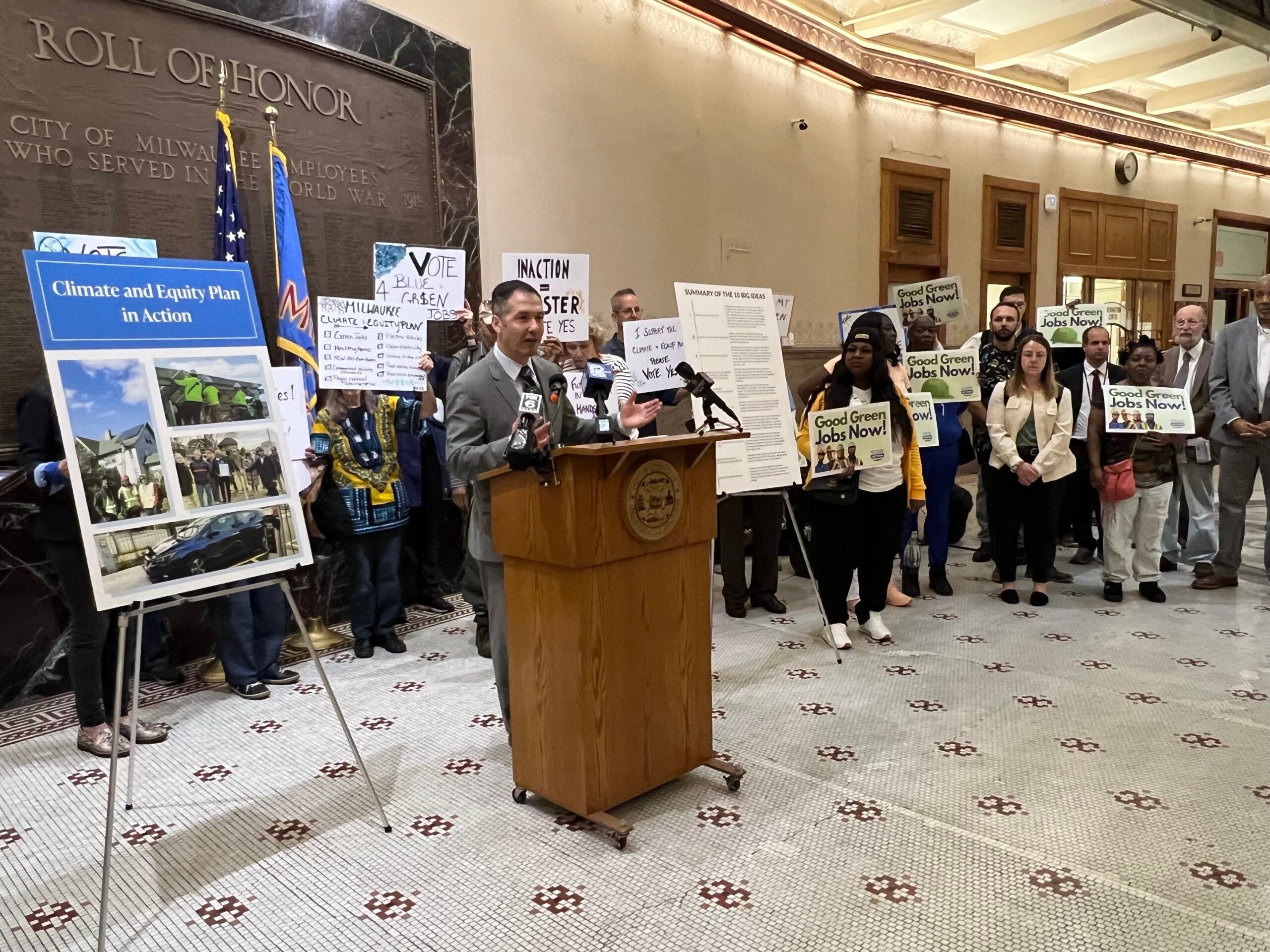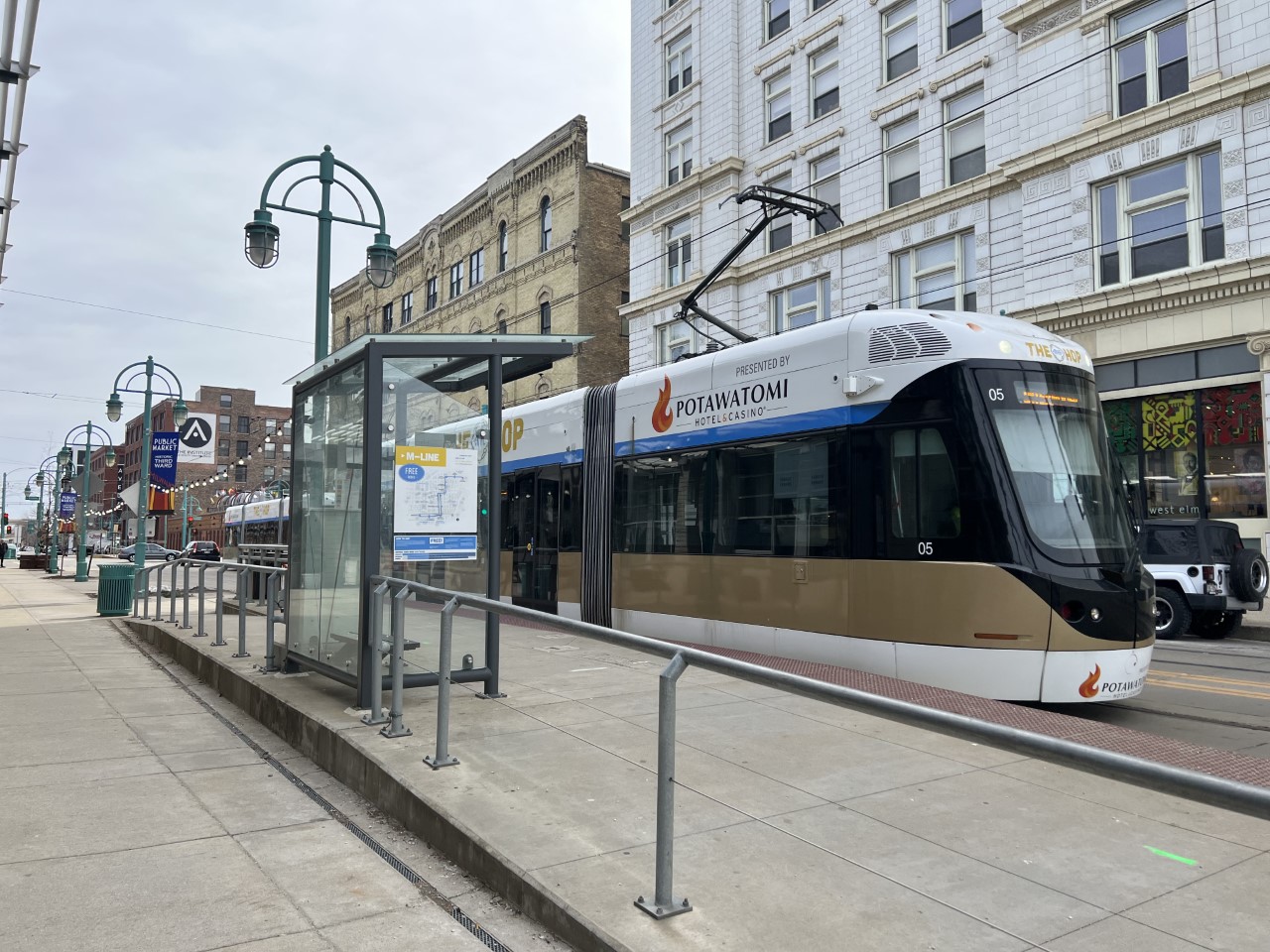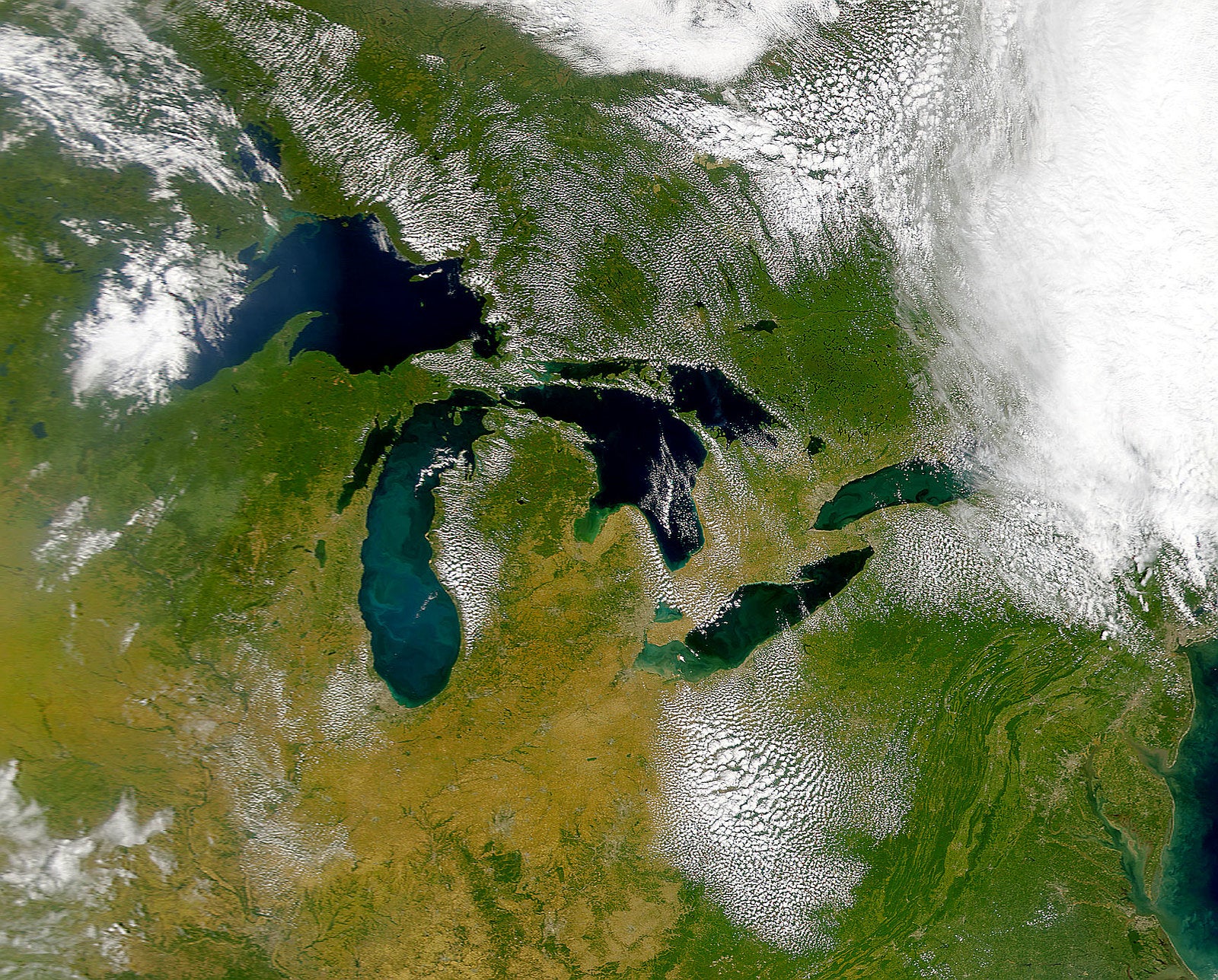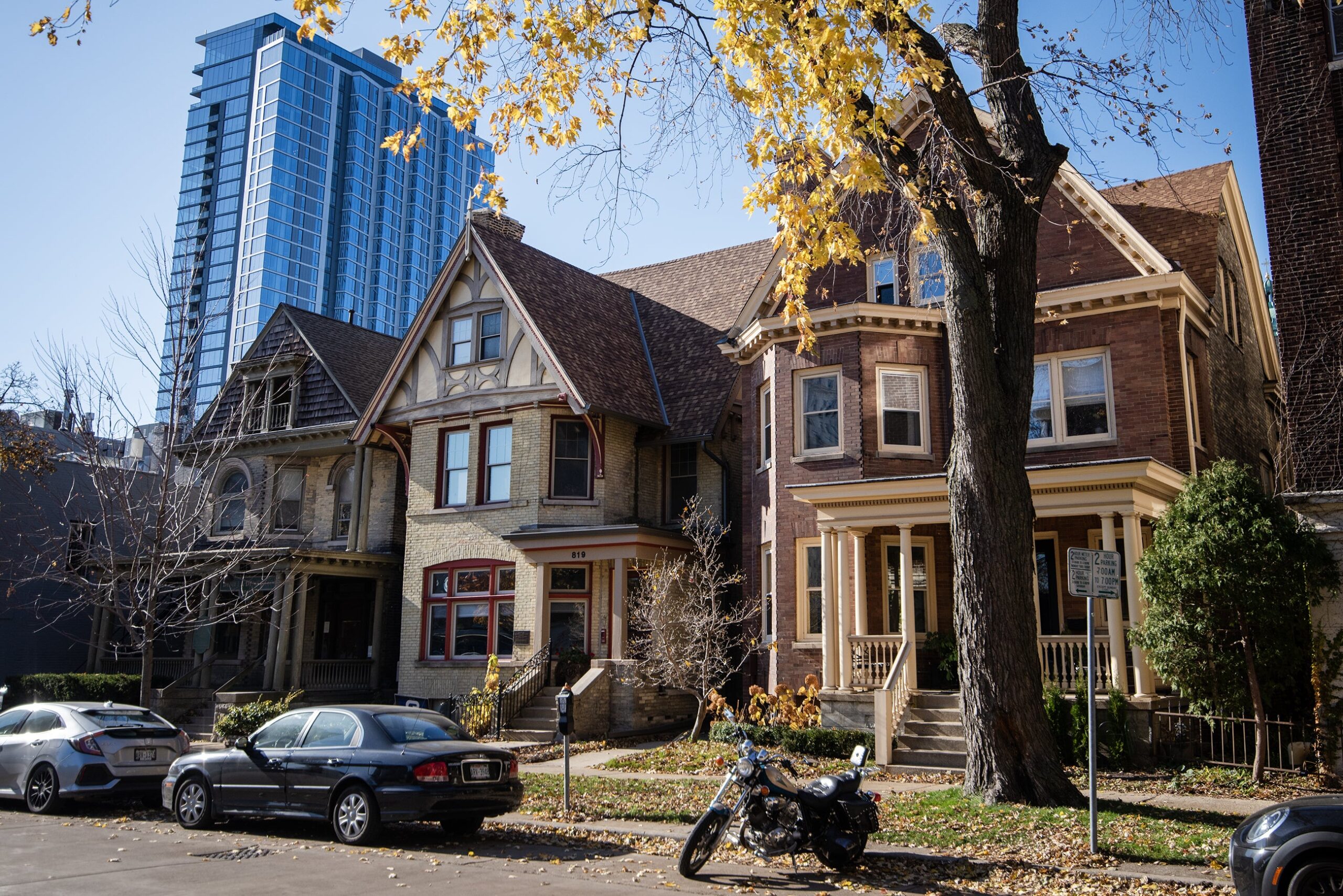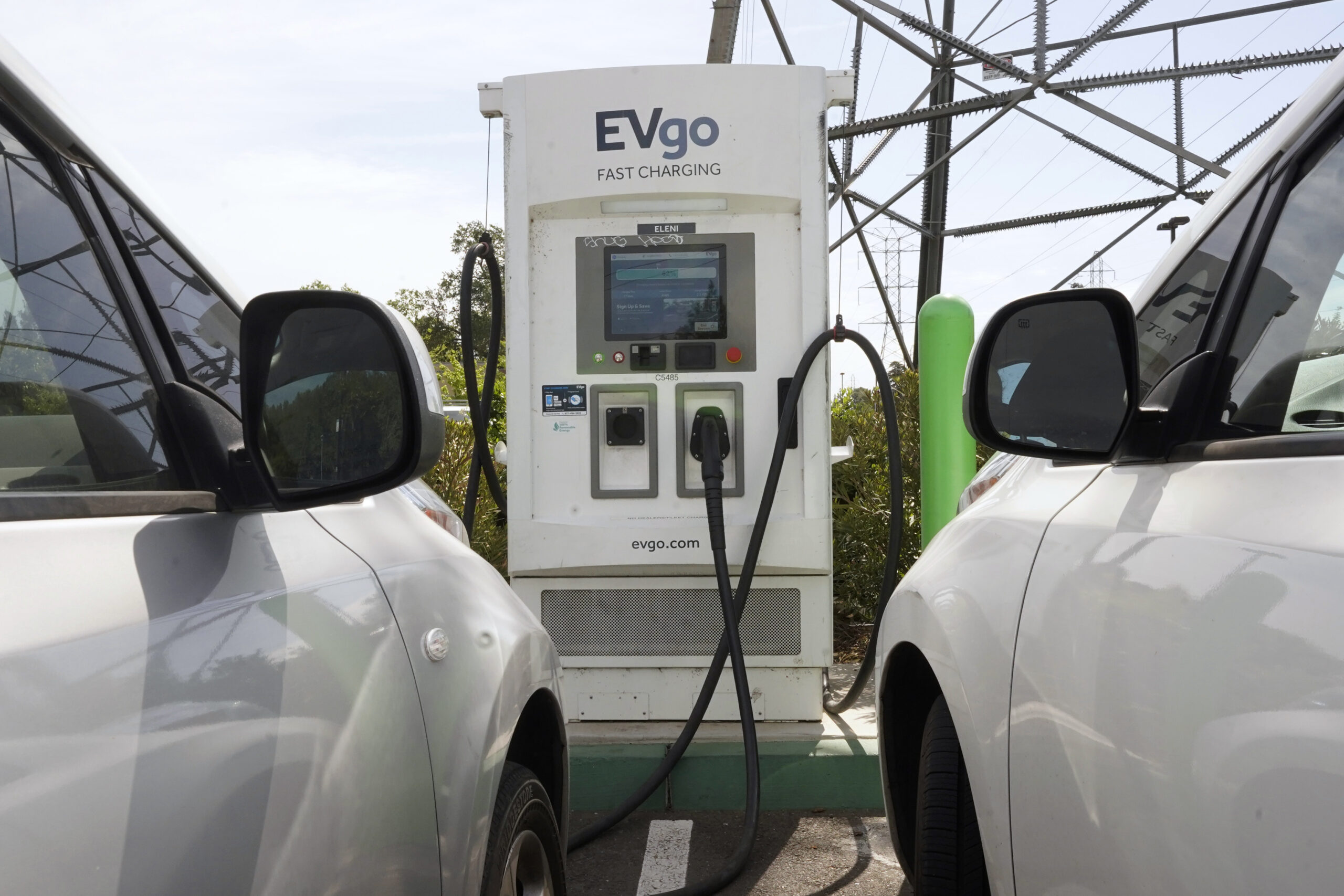A sweeping plan to reduce greenhouse gas emissions by 45 percent in the next seven years and achieve net-zero emissions by 2050 could soon be adopted in the city of Milwaukee.
The “Climate and Equity Plan” has been years in the making, following the creation of the City-County Task Force on Climate and Economic Equity in 2019. It has several main goals, ranging from planting more trees across the city, to building more energy-efficient homes to expanding electric vehicle charging stations. It also aims to create more green jobs focused on recruiting people of color.
“I’m in this because I care about my children, your children, and all children — we want to leave the cleanest air, land and water behind … because we have no other alternative,” Milwaukee Alder Marina Dimitrijevic said during a press conference Wednesday. “We cannot wait any longer.”
News with a little more humanity
WPR’s “Wisconsin Today” newsletter keeps you connected to the state you love without feeling overwhelmed. No paywall. No agenda. No corporate filter.
The plan, if adopted by the Milwaukee Common Council, would be included in the city’s comprehensive plan. That means city officials and staff would use it as a guide when making land-use and other long-term planning decisions.
“This is not just a plan that’s going to just sit on a shelf. This is going to live in everything that we do,” Dimitrijevic said.
Supporters of the plan — who include nine Milwaukee alders listed as co-sponsors of the ordinance and Mayor Cavalier Johnson — are hopeful the city will receive federal grants for the work. It’s possible the city could receive federal tax credits as well.
“This is about opening the door to massive federal investments in the city of Milwaukee,” Erick Shambarger, the director of the city’s environmental collaboration office, said in a meeting about the plan.
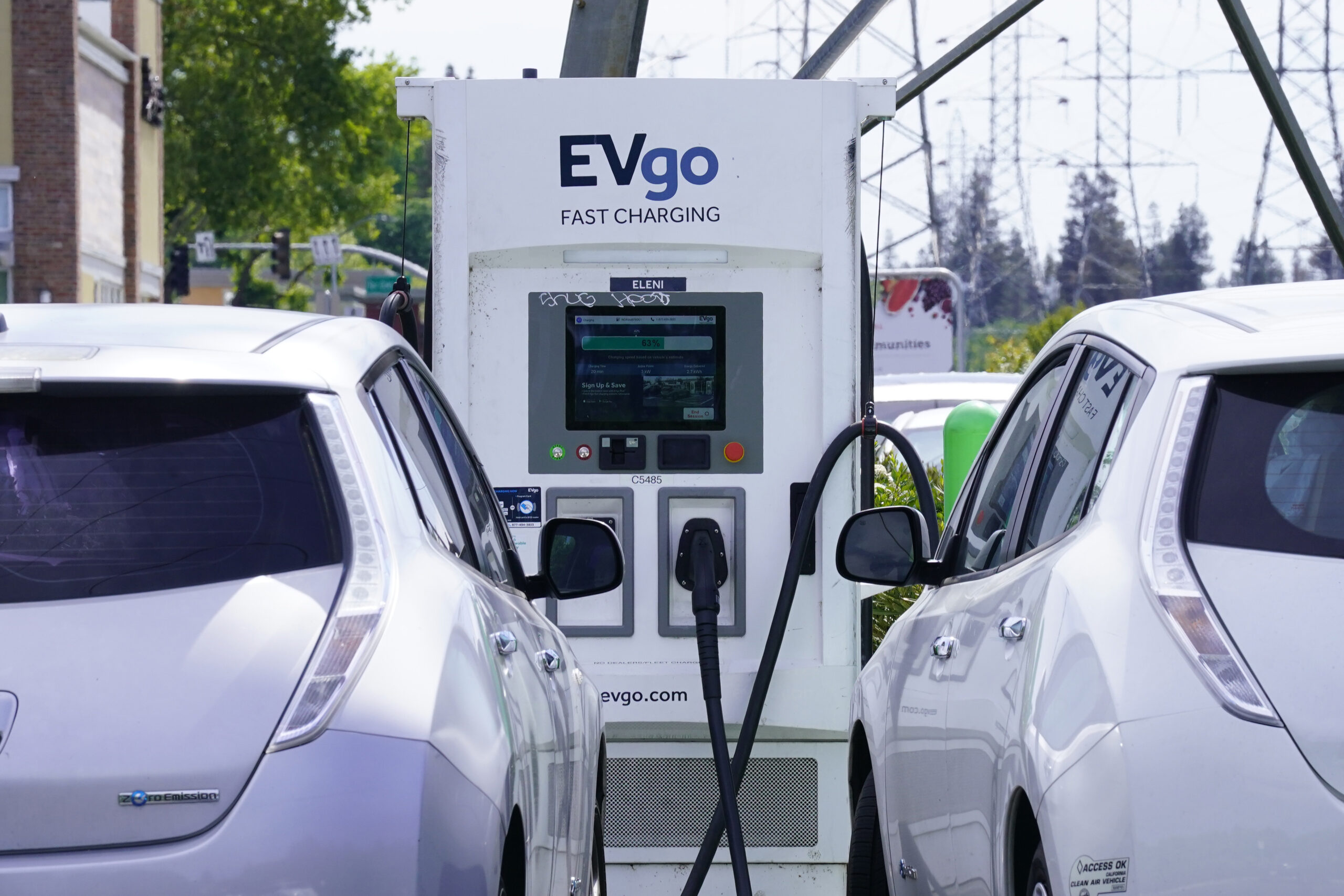
Shambarger said the city is already applying for federal grants. Federal funding is critical as Milwaukee is facing what local leaders have called a “crisis” regarding its budget.
The plan comes as climate change is already affecting weather patterns here and across the globe. Globally, scientists predict up to 143 million people may be forced from their homes as climate change drives temperatures and sea levels higher. In Wisconsin, the changing climate is expected to bring more frequent and longer heatwaves, as well as more frequent and intense storms that lead to flooding or downed trees.
Milwaukee resident Sarah Marie Streed is excited about the prospect of the city planting more trees. Trees in dense urban areas could help with urban heat islands, which occur in areas with a high concentration of pavement and buildings that absorb and retain heat. Streed said studies have shown that trees can improve community cohesion and improve mental health as well.
“And further, they just add to the beauty of our city, which we all know,” Streed said during a public hearing.
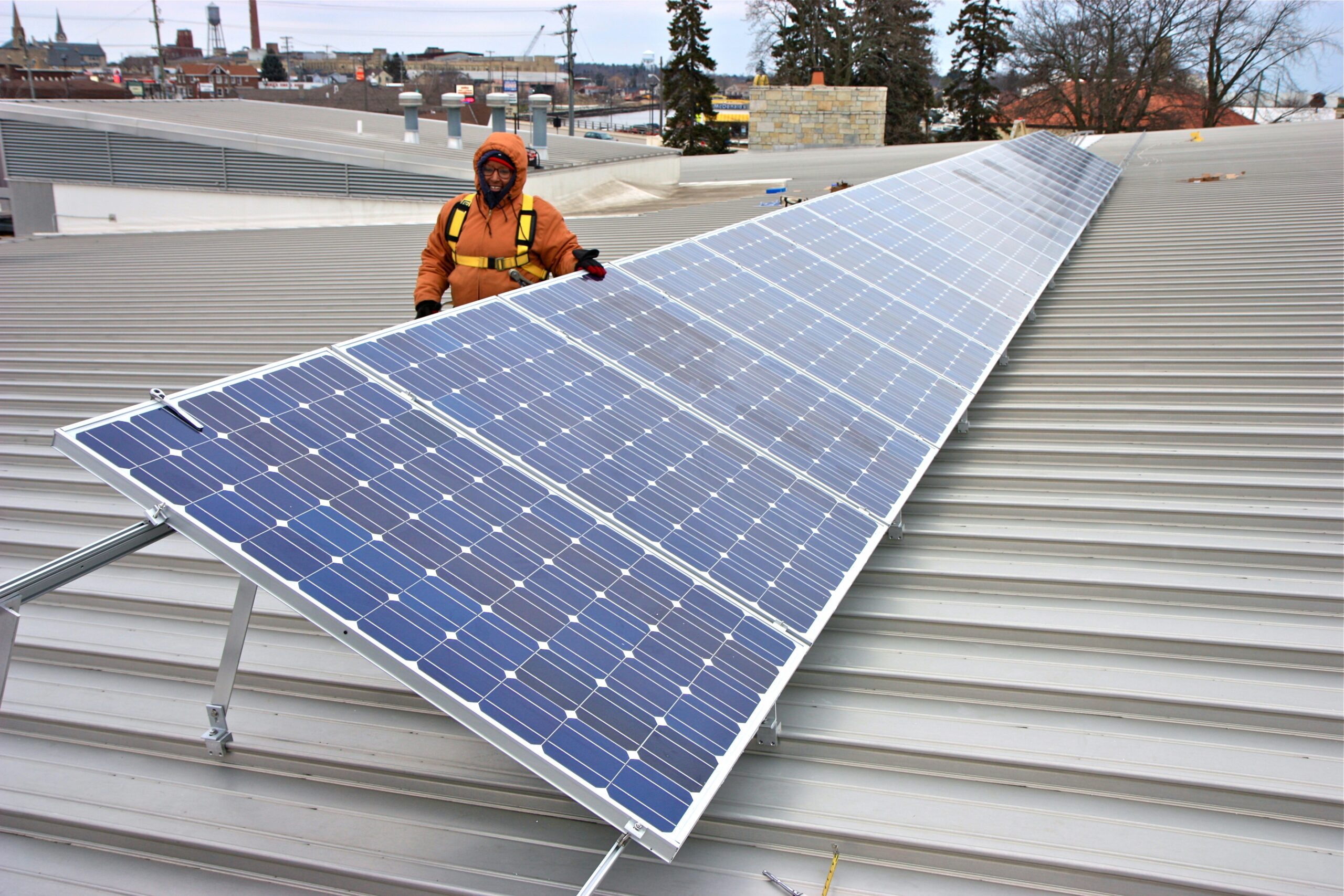
Some of the main goals in the plan include:
- Creating more opportunities for green jobs, which includes, “public outreach, coordination with existing training providers, clear career ladders from entry-level employment to progressively higher skills, public benefits agreements on government funded projects, and support for businesses owned by people of color working in this field.”
- Building more affordable and net-zero energy homes on vacant lots throughout the city.
- Requiring building owners to annually track and report on their energy use and “develop longer-term building performance standards to gradually reduce greenhouse gas emissions.”
- Expanding public transportation options, and creating more options for pedestrians in the city.
- Expanding rooftop solar options.
The plan also includes partnering with “trusted neighborhood-based organizations to connect underserved communities with available tools and resources to make their homes and neighborhoods more resilient to climate change.”
The common council is expected to vote on the plan in the coming weeks. Dimitrijevic said she’s “optimistic” that the city can reach the lofty goals.
“The talking is over, now it’s time for action, and we’re going to get working on this immediately and what more of a perfect time, with the billions of dollars in the Inflation Reduction Act we’ll put ourselves in a place to get and compete for,” she said.
Wisconsin Public Radio, © Copyright 2025, Board of Regents of the University of Wisconsin System and Wisconsin Educational Communications Board.

